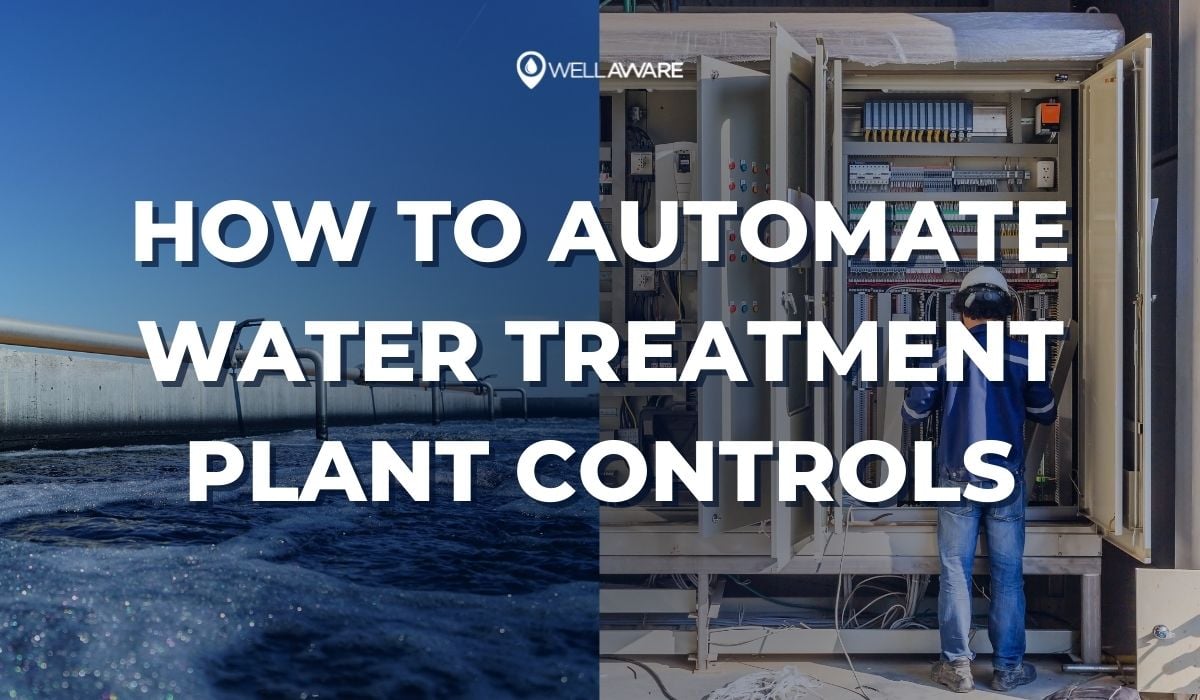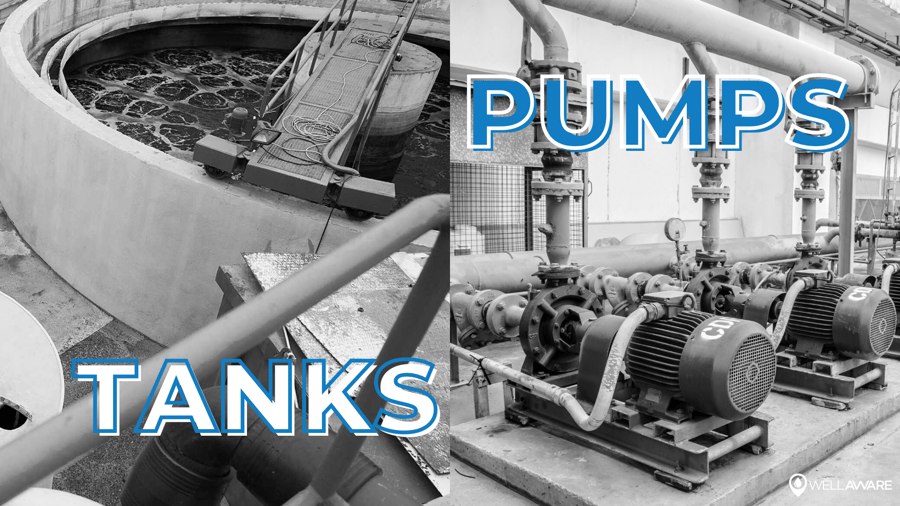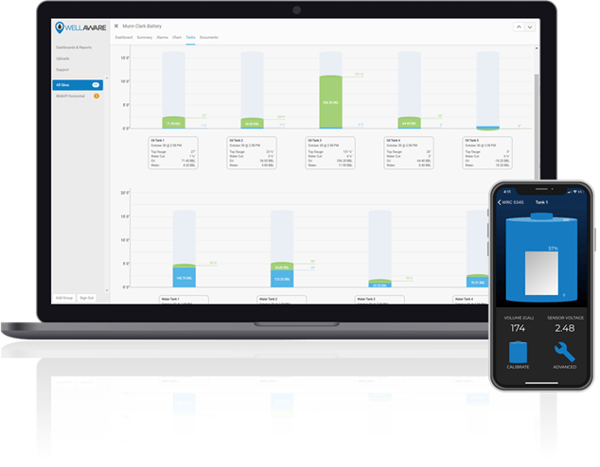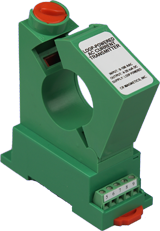
News, Insights, and more on Industrial IoT

Water treatment plant controls are used to monitor and control wastewater treatment plants, an absolute essential in the modern world.
Today, 15,000 waste treatment plants help us clean domestic sewage gathered from nearly 1,000,000 miles of pipeline. In the U.S. and Europe alone, humans generate around 67 billion cubic meters of wastewater every year, all of which require treatment before it goes back into circulation.
So how do water treatment plant controls really work behind the scenes? How are wastewater treatment plants automated?
Well, there are two different sets of processes, one for water treatment and one for solid disposal. Water treatment plant controls can monitor and manage both sides.
On the water side, the key steps and components managed by controls systems are:
On the solids side, plant controls manage solids removal from fluids through the following steps:
Treating wastewater day after day is a complex endeavor. But for our purposes here, the important thing to know is that the vast majority of the water treatment plant controls processes above manage two core pieces of equipment: tanks and pumps.
In fact, we use tanks and pumps in almost every industrial activity that involves transporting and using liquids. The challenge lies in using automated controls to stay on top of tanks and pumps to ensure everything works smoothly at all times. As a wastewater treatment facility operator, the best way to meet this challenge is through automated plant controls and remote monitoring.

Tanks and pumps are core process equipment for every water and wastewater treatment facility.
By monitoring, controlling, and automating tank and pump performance, wastewater treatment operators can improve efficiency, reduce equipment downtime, eliminate safety risks, boost sustainability, and more.
The best part?
You can achieve these benefits with two “quick wins” that we’ll dig into below.
We use many different types of tanks in wastewater treatment to store liquids and gases temporarily. The most commonly used tanks in wastewater treatment include:
Each of these tanks plays a critical role in wastewater treatment. As you can imagine, keeping track of every tank is hard, especially when handling millions of gallons of water and wastewater daily.

Remote tank monitoring systems allow wastewater treatment plant operators to visualize tank levels in real-time and receive alarms for issues like overflows and stockouts.
One solution to this problem is to implement remote tank level monitoring. With modern remote monitoring technology, you can collect tank level and volume readings regularly that you can then use to automate water treatment plant controls.
Consider how this would work for a lift station wet well - a typical wet well includes float switches connected to a water treatment plant control panel above the ground. When water levels get too high, float switches activate visual alarm lights above the ground, indicating that something is amiss to lift station operators...so long as they are physically present.

A typical lift station has a control panel with an alarm indicator above ground, but without remote monitoring, it could be days before an alarm is noticed. Source.
In many cases, municipal water treatment operators aren’t onsite, which means they have to send workers to visit stations frequently, increasing windshield time (i.e., safety risk) and operating costs. Remote tank level monitoring absolves this completely by replacing the need to check alarms constantly, allowing wastewater teams to manage by exception.
So the natural follow-up question is: what do we need to monitor wastewater tank levels remotely? Here’s a basic list:
For more detail on how all of this comes together, check out our complete guide to remote tank level monitoring for water tanks. After reading that post, you’ll have a much better idea of how to take advantage of this quick win to optimize your water treatment plant control system.
Not sure where to get started? Check out our guide on how to install tank level sensors.
Tanks keep water in one place, pumps get it moving. Automating pump performance is critical for wastewater treatment plants.
The most common pump types in water treatment include:
In general, pumps used in wastewater treatment fall into one of three categories:
For each of these types, operators are responsible for maintaining pump output and efficiency.
Maintaining output is crucial in wastewater treatment, as we need to keep flow rates in line with specific process requirements. To give a simple example, consider high lift pumps that deliver water from clean wells to municipal storage tanks or reservoirs. If these pumps fail, entire municipalities can lose access to usable water.
Therefore, we should monitor pumps to confirm that they come on when expected. We should also validate that pump discharge flows and pressures align with targets.
On the efficiency side, we have to remember what pumps actually do - they convert mechanical power into hydraulic power, which determines the flow rate and pressure. So, our pump monitoring has to track energy consumption against output to get a clear sense of efficiency over time.
When operators have good efficiency data, they can then take steps to address potential shortcomings. For example, they can extend the life of wastewater pumps, reduce maintenance costs, or lower energy consumption, all valuable activities for improving bottom-line outcomes.
So how do we monitor and control pumps?
First, we have to measure motor currents to derive electrical energy consumption. We can also track discharge flow rates and pressures. With these two groups of measurements, we can track pump efficiency and identify a loss of performance.

A hall effect sensor can be used to monitor current consumption on a pump motor. Source.
Second, we can use wireless tank monitors or other sensors to turn pumps on and off or adjust pump speed based on the data captured in step one. For instance, building on a previous example, we can turn pumps on automatically when water levels in a wet well rise above a certain level, saving operators from having to do this manually.
Your exact pump monitoring and control approach will depend on the specific type of pump under question, as well as its size and power source. But the primary takeaway is that it’s possible to control pumps remotely and automatically based on data readings gathered from smart sensors in the field.
Many monitoring, control, and automation processes are managed by local water treatment control plant panels. While these panels do handle automation, they can’t do so without some form of manual intervention. And that’s where the real value is.
Adding remote monitoring to your wastewater treatment processes ensures that critical information gets to the right people immediately, even where controls and automation may already exist.
You won’t have to send people “on rounds” to gather information and check for alarms from existing panels. Instead, you can sit back and wait for your reliable remote monitoring system to tell you when something is wrong, giving you the freedom to focus time and energy elsewhere.
To help operators reach wastewater treatment nirvana, we’ve created a suite of monitoring, control, and automation solutions specifically for water treatment and wastewater treatment plants. If you have little experience with remote monitoring technology, let us take care of the hard work for you.
Visit this web page to learn more.
Like what you're reading? Sign up for updates!
Have a Question?